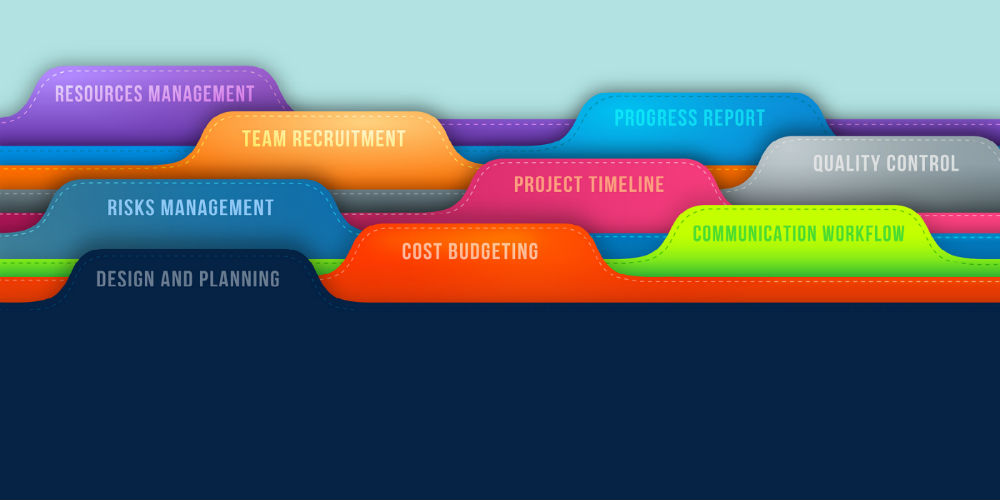If you’re like everyone else in retail banking, you’re probably trying to figure out how to keep your branches relevant and profitable in a traffic-declining environment. It might surprise you that some of the most important items to tackle in your branch evolution have nothing to do with architectural design. To get started, what you really need to do is define the optimal business model for your organization and your markets. There are many, many factors that will influence your model, but here are five candidates for you to consider as you begin your journey.
(1) Transaction Management
As transactions continue to migrate to mobile, P2P, smarter ATMs and other digitally based devices, you have to come to terms with how you will handle basic teller transactions in the most efficient manner. This is not a “bad thing” as your cost per transaction will reduce significantly compared to a human interaction. But before you go eliminating all your teller positions, the most important influence in this decision is the make-up of your member audience and prospects in the geographic area you are trying to serve. Education, income, lifestyles and even other retailers influence behavior. You need to find the transaction-handling balance that’s most relevant and convenient for your members and the way they chose to bank.
(2) Evolving Staff Roles
Staffing levels and staff roles are a critical component in the design effectiveness and focus of your model. Shrinking footprints and declining transactions suggest both a reduction in full time positions as well as a skillset evolution for the remaining roles. Handling money proficiently is not the priority anymore, particularly in light of all the cash recyclers and dispensers that are available. People skills, conversationalists, digital savvy and other relationship management traits should drive today’s hiring. Note I didn’t use the term universal banker that gets bandied about as it oversimplifies a more complex skill set.
(3) Branded Environment
The branch represents your single best opportunity to differentiate your brand. Your brand experience should come to life in the space via a tangible manifestation of the emotional connections and drivers that define your brand personality and style. Consumers control today’s marketing and the best way to connect with them is via storytelling. The branch is a built-in canvas for rich storytelling. Your heritage, philosophical drivers, community outreach, and yes, products and benefits should be prominent and engaging for maximum effect. Don’t restrict your thinking and design to printed posters and counter cards. Today’s branch merchandising is robust, multidimensional and balanced between digital, paper-based and environmental casework.
(4) Shift to Advisory Services
Helping is the new selling and when your members need help, many still come into the branch. A recent TD Bank study revealed that 49% of those elusive millenials that everyone is chasing, look to the branch for advice on financial products and services. You want all you members to dwell, explore and engage with your staff and space so that you have the opportunity to deepen the relationship at every turn. A welcoming hospitality based environment focused on advice and information suggests a variety of seating options, semi-private meeting spaces, technology-equipped offices for video teleconferencing and an onsite lobby management system to orchestrate traffic flow and replace the “sign in sheet.” Rows of waiting chairs and coffee service areas are antiquated and better fit the image of the auto lube shop down the street.
(5) Technology as a Tool
This is probably the area that is both the least understood and the most underutilized in the quest to transform the branch. It’s not the panacea everyone is seeking to solve the digital divide perception that permeates the retail banking industry. Too many credit unions have chased the newest, shiniest electronic gadgets only to find that their particular member base won’t embrace them, or that they have been configured or located in a manner that isn’t useful. You can’t just place tablets on a counter without a strategy and plan for how they are to be used and managed by staff. If you’re not using them to sell, inform, simplify and speed applications, then you’re merely supplying an electronic toy that’s ignorable because your members most likely have their own device with them. Start with the question, “how can we help them navigate and simplify banking while they are in our branches”?
These are some of the first areas to explore as you build your future branch model. There are another five right behind these that can make the difference between “experimenting” and real performance increases. You’ll need to follow a proven best practice process to engage all the stakeholders in your organization in a strategic effort that has nothing to do, at least initially, with architectural design. With millions of dollars in brick and mortar at stake, the effort is best not left to chance or following the lead of others who may not have gone through this process.








